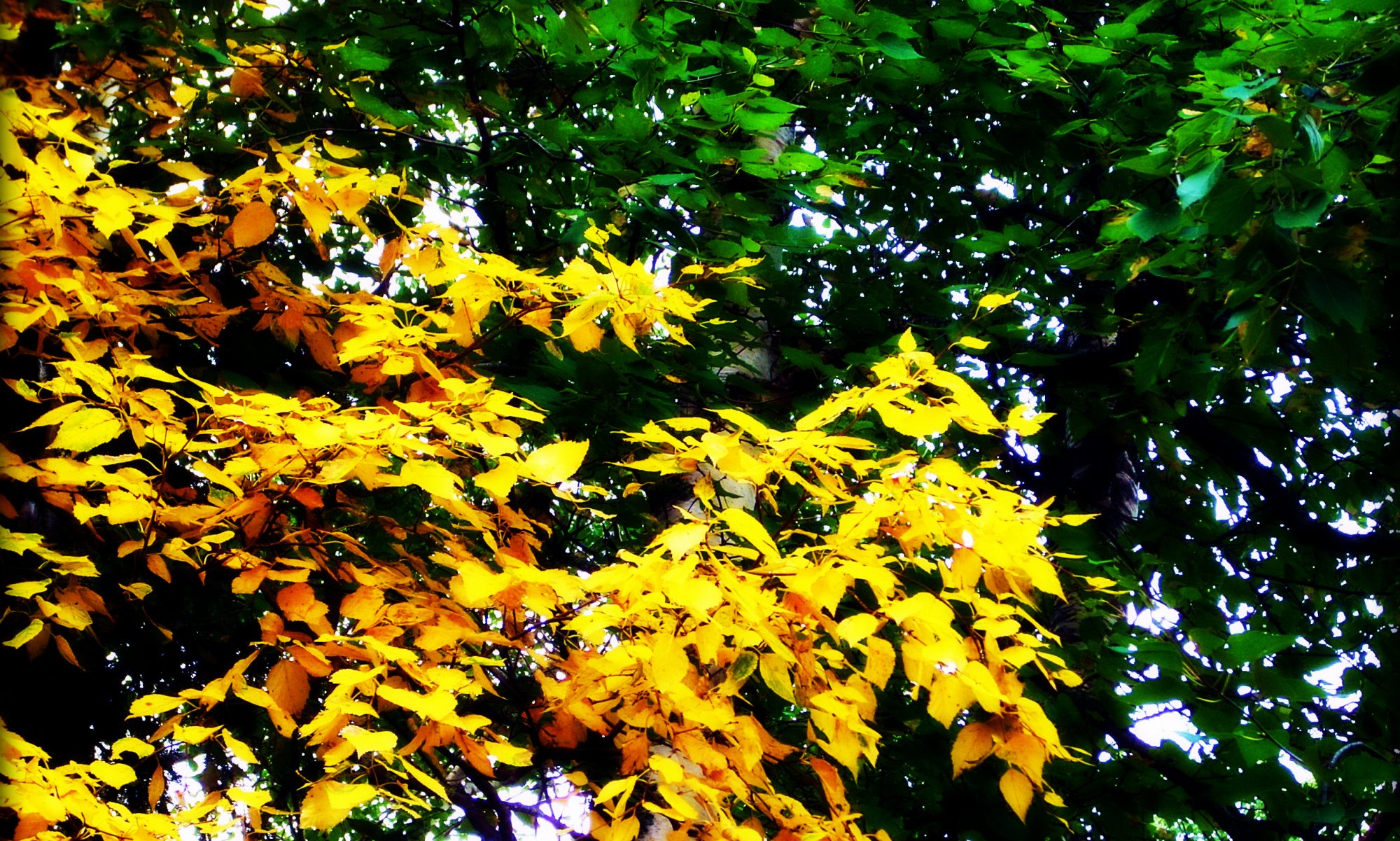“Back in my day…”
I sort of feel like I’m saying that more and more these days. It must be a symptom of advancing age. Today that geezer sentiment was stimulated by this tweet:
For those of you who haven’t been “in the business” long enough to remember the ritual, it went something like this. I would read a paper of interest and write out various references from it that I needed to get my hands on for deeper understanding of the topic. Then I’d head to the library and do the cart-photocopier shuffle. I’d generally find all of the articles that I was after, but often one or two key papers would be missing. So I’d head back to the department mailroom and would pick up a card that looked something like this. After filling out the card and mailing it, I’d wait a few weeks and would (usually) happily find a copy of the paper in my mailbox sent to me personally from the corresponding author. Sometimes the author would have even taken the time to write a short greeting on the reprint.
Most labs maintained a stock of reprints. When you published a paper, you’d have the option of buying paper reprints in various quantities from the publisher. There was often much discussion to decide about how many you thought you’d need to purchase. If you ran out, you’d photocopy the last one to replenish your pile. Some piles would dwindle quickly. Others would just collect sad no-citation dust.
However I haven’t even thought about reprints for years now, other than occasionally stumbling across my remaining stocks of reprints occupying space in my file cabinet (which I also hardly ever venture into anymore). I haven’t been asked for a reprint in ages. I haven’t asked for a reprint in ages. In fact, I can’t even remember the last time either of those events occurred.
To some extent, this is a good thing. It means:
- many people these days have good access to most journals, and open access is having a good effect.
- most journals now maintain good archives of even their oldest material.
- information is often available immediately and at our fingertips.
- I no longer need to rely on hoping that my request gets to a corresponding author (who could have left that institution years ago), or that the author takes the time to send me the paper.
- less paper use and happier forests.
On the other hand, there are still many places in the world, and many institutions, without adequate access to scientific literature. Even today not all journals maintain deep archives. And no library, even those that are otherwise well-stocked, subscribe to all archives of all journals. This latter point is becoming more and more the case as subscription costs rise and budgets dwindle. But we have email, and #IcanhazPDF, and open access venues – all of which should help with these issues.
I was reminded of these “on the other hand” points this week when I set out to get my hands on this paper. Surprisingly to me at least, our library only listed the paper version of this article in their stacks. So…
Once at the library, I located the journal and found that the volume was missing from the shelf. Egads! Back down the circulation desk, where I filled out a form that would send a student assistant scurrying around the library looking for the missing volume. At that point, I’d had about enough fun reliving the 90s, and even though there is a valid debate about the effects of #icanhazPDF, I made my Twitter request. Thanks to Chris MacQuarrie and the magic of the internet, the article was on its way to me in a jiffy. Later on in the day the library notified me that they’d found the truant volume…
So obviously the demise of the old paper reprint/mail system is a good thing, right? Perhaps. For the most part I agree.
However, despite what may be thought of as its shortcomings (shortcomings now due merely to technological advances), a reprint request was much more than a request for a single article. More than simply that, a request used to serve as one more thread in a network between real people. A request represented one more potential conduit to collaborative discussion. It wasn’t the paper in the mail that was important so much as it was the tangible connection to someone else with similar research interests. Thankfully things like Twitter, Google Scholar, and various other up-and-coming services help to reveal linkages and keep the conversation going for those who participate. Participation in the emerging system and getting others to do the same is what is vital. And participation is what we need to be encouraging.
The biggest tragedy of non-participation for all of us is a lack of key influences on the ongoing discussion of our craft. It’s easy to relegate nay-sayers to the dinosaur bin. But their diverse and experienced voices are vital to understand where we’ve been and where we’re going. The sunset of network building via rituals like reprint requests does not represent the end of an era as much as it reveals new and exciting possibilities for even more meaningful connections. The more ideas, data, opinions, and interpretations that we have on board, the better for all of us and the better for the progress of science.
I am fully aware that blog posts like this are the proverbial preaching to the choir. So, how do we convince our colleagues who are still not part of the emerging conversation to join with us? Reprint requests, and many of our previous network building methods, are fading away. We don’t want voices with important knowledge, wisdom, and experience to fade with them.
